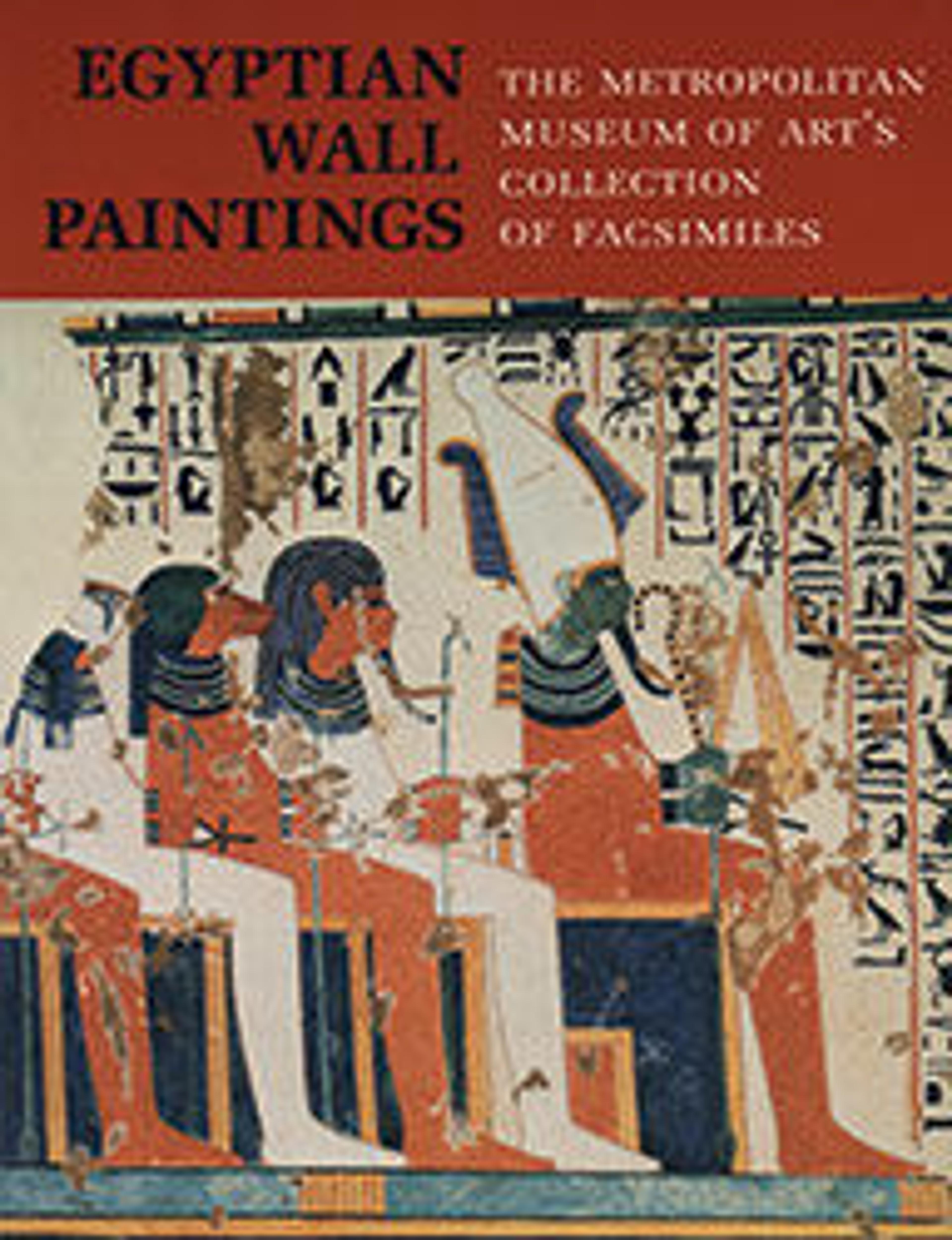Papyrus Marsh
Excerpted from a scene that showed Qenamun fishing in the papyrus marshes, this fragment conveys a sense of life and movement -- as the marshes lay at the edges of the Egyptians' ordered world, they were associated with the undifferentiated and thus lively and chaotic realm which surrounded and threatened the cosmos, but from which all life ultimately sprang. The umbels of the papyrus plants are regimented, the open blossoms arranged carefully in three rows with a row of unopened buds below, yet the artist has used different sizes for the blooms, tilted them ever so slightly this way and that, and overlapped the flowering heads and their stalks in a seemingly random fashion. The ducks that fly at the top are almost identical in form and position, but again minor variations imbue the scene with life. Note also the individual birds, including an egret, visible at the bottom of the fragment.
Artwork Details
- Title: Papyrus Marsh
- Artist: Hugh R. Hopgood
- Period: Twentieth Century; original New Kingdom
- Dynasty: Dynasty 18
- Reign: reign of Amenhotep II
- Date: A.D. 1914–1916; original ca. 1427–1400 B.C.
- Geography: Original from Egypt, Upper Egypt, Thebes, Sheikh Abd el-Qurna, Tomb of Qenamun (TT 93), MMA Graphic Section, 1914-1915
- Medium: Tempera on paper
- Dimensions: facsimile: h. 79 cm (31 1/8 in); w. 68 cm (26 3/4 in)
scale 1:1
framed: h. 81.6 cm (32 1/8 in); w. 71.4 cm (28 1/8 in) - Credit Line: Rogers Fund, 1930
- Object Number: 30.4.60
- Curatorial Department: Egyptian Art
More Artwork
Research Resources
The Met provides unparalleled resources for research and welcomes an international community of students and scholars. The Met's Open Access API is where creators and researchers can connect to the The Met collection. Open Access data and public domain images are available for unrestricted commercial and noncommercial use without permission or fee.
To request images under copyright and other restrictions, please use this Image Request form.
Feedback
We continue to research and examine historical and cultural context for objects in The Met collection. If you have comments or questions about this object record, please contact us using the form below. The Museum looks forward to receiving your comments.
